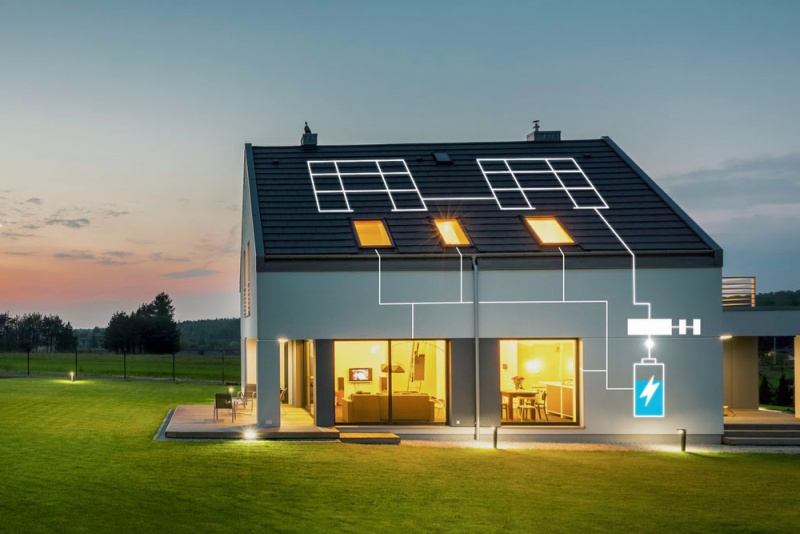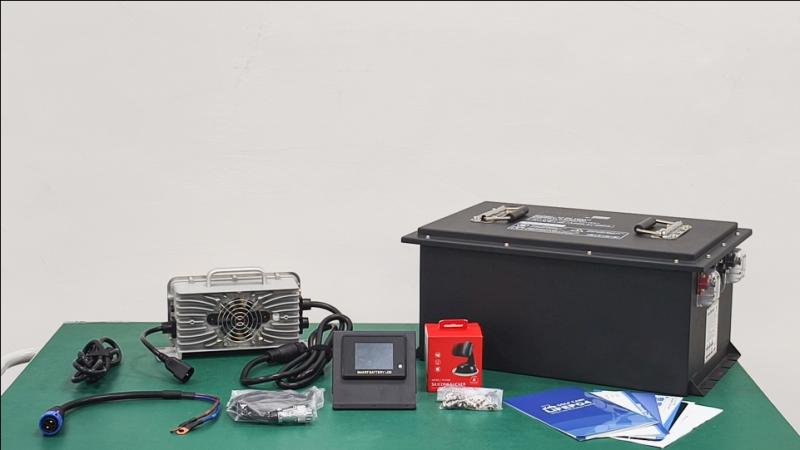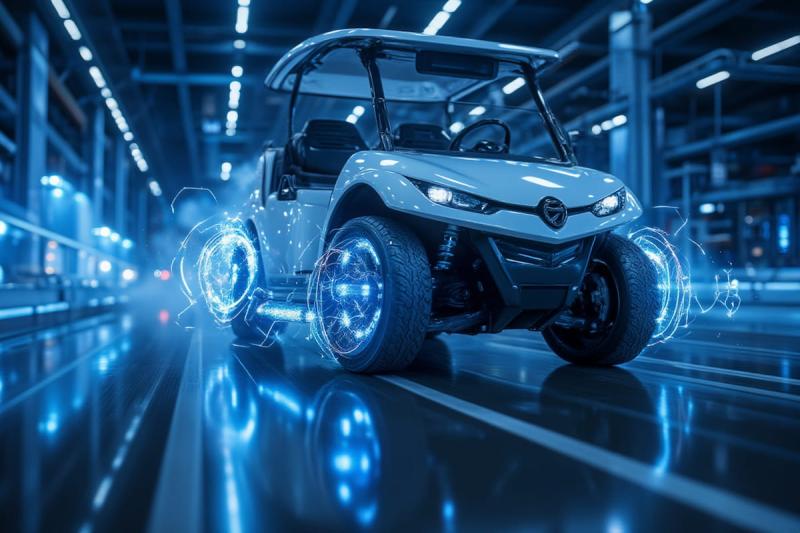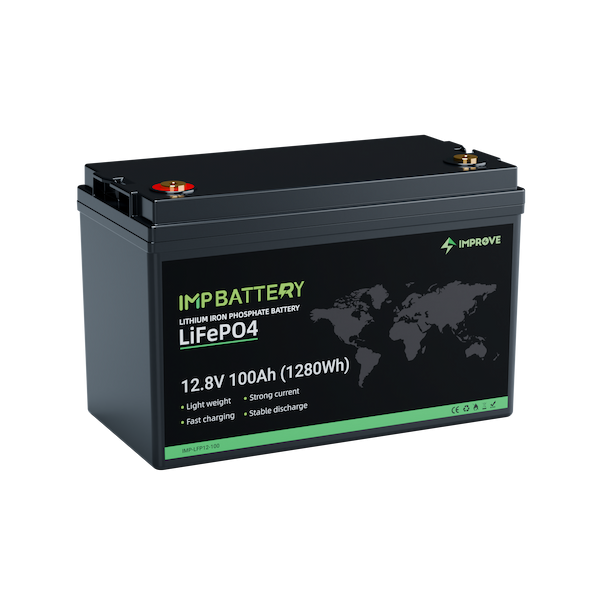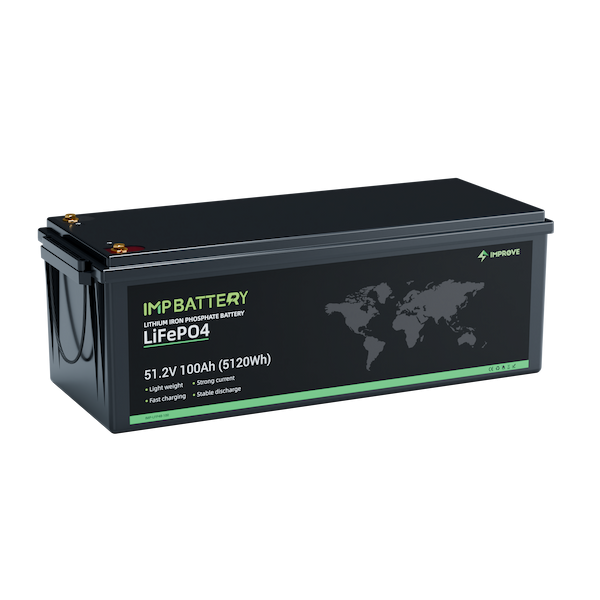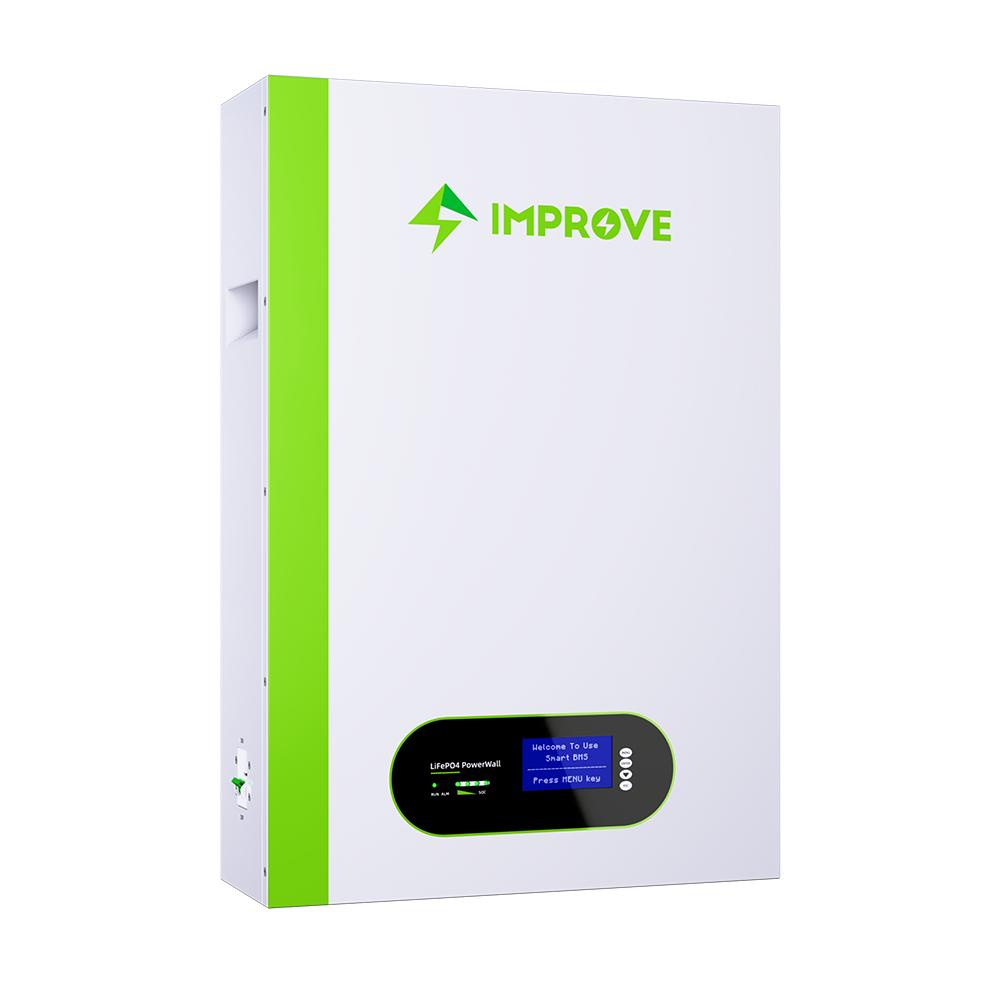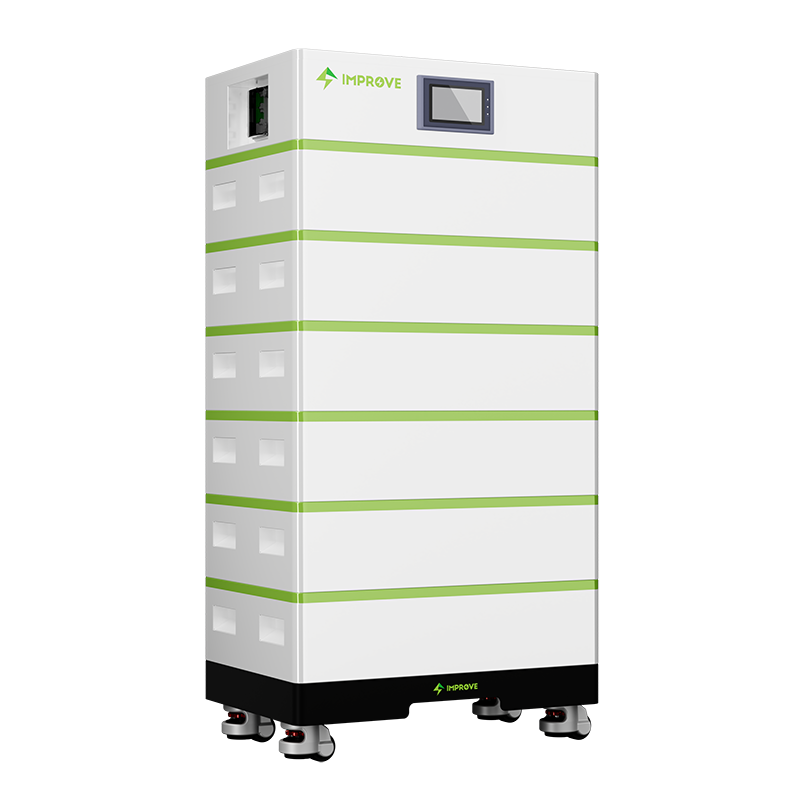You have just sold your first-born into slavery, remortgaged the house, and bought yourself a lithium-ion battery! Now you want to know how to take care of your precious new purchase: How to best charge lithium-iron batteries, how to discharge them, and how to get the maximum life out of your lithium-ion batteries. This article will explain the do’s and don’ts.
Pricing of lithium-ion batteries is slowly changing from obscenely expensive to only moderately unaffordable, and we at Solacity are seeing a steady increase in sales of this type of battery. Most users seem to put them to work in RVs, fifth-wheels, campers and similar vehicles, while some are going into actual stationary off-grid systems.
This article will talk about one specific category of lithium-ion batteries; Lithium-Iron-Phosphate or LiFePO4 in its chemical formula, also abbreviated as LFP batteries. These are a little different from what you have in your cell phone and laptop, those are (mostly) lithium-cobalt batteries. The advantage of LFP is that it is much more stable, and not prone to self-combustion. That does not mean the battery cannot combust in case of damage: There is a whole lot of energy stored in a charged battery and in case of an unplanned discharge the results can get very interesting very quickly! LFP also lasts longer in comparison to lithium-cobalt, and is more temperature-stable. Of all the various lithium battery technologies out there this makes LFP best suited for deep-cycle applications!
Since this seems to be a cause of confusion for some: All Lithium-Iron-Phosphate batteries are in fact lithium-ion batteries, but not all lithium-ion batteries are Lithium-Iron-Phosphate batteries. The term “lithium-ion battery” is a generic description of any battery technology that uses lithium ions to move and store electrical charge. Many chemistries use lithium ions to do this, and LiFePO4 is one such specific lithium-ion chemistry.
We will assume the battery has a BMS or Battery Management System, as almost all LFP batteries that are sold as a 12/24/48 Volt pack do. The BMS takes care of protecting the battery; it disconnects the battery when it is discharged, or threatens to be over-charged. The BMS also takes care of limiting the charge and discharge currents, monitors cell temperature (and curtails charge/discharge if needed), and most will balance the cells each time a full charge is done (think of balancing as bringing all the cells inside the battery pack to the same state-of-charge, similar to equalizing for a lead-acid battery). Unless you like living on the edge, DO NOT BUY a battery without BMS!
Why Lithium-Ion?
We explained in our lead-acid battery article how the Achilles heel of that chemistry is sitting at partial charge for too long. It is too easy to pooch an expensive lead-acid battery bank in mere months by letting it sit at partial charge. That is very different for LFP! You can let lithium-ion batteries sit at partial charge forever without damage. In fact, LFP prefers to sit at partial charge rather than being completely full or empty, and for longevity it is better to cycle the battery or to let it sit at partial charge.
But wait! There is more!
Lithium-ion batteries are very nearly the holy grail of batteries: With the right charge parameters you can almost forget there is a battery. There is no maintenance. The BMS will take care of it, and you can happily cycle away!
But wait! There is still more! (Any resemblance with certain infomercials is purely coincidental, and, frankly, we resent the suggestion!)…
LFP batteries can also last a very long time. Our IMPROVE LFP batteries are rated at 3000 cycles, at a full 100% charge/discharge cycle. If you did that every day it makes for over 8 years of cycling! They last even longer when used in less-than-100% cycles, in fact for simplicity you can use a linear relationship: 50% discharge cycles means twice the cycles, 33% discharge cycles and you can reasonably expect three times the cycles.
But wait! There is more yet!…
A LiFePO4 battery also weighs less than 1/2 of a lead-acid battery of similar capacity. It can handle large charge currents (100% of Ah rating is no problem, try that with lead-acid!), allowing for rapid charging, it is sealed so there are no fumes, and it has a very low self-discharge rate (3% a month or less).
Battery Co$t of Lithium-Ion vs. Lead-Acid
As I am writing this, in the market 12V 100Ah battery costs $1,200 Canadian dollars. The full 100Ah is certainly usable, so that makes 12 x 100 = 1,200 Watt-hour in energy storage, or $1 per Wh in usable energy storage.
One of the best-bang-for-the-deep-cycle-buck lead-acid batteries is currently going for $423 for 6V 445Ah in storage. With lead-acid only 80% is really reasonably useful, going into the bottom 20% of energy storage is a recipe for permanent battery damage, so we have 6 x 445 x 0.8 = 2,136 Wh in energy storage. That makes for 423 / 2136 = $0.20 per Wh in usable energy storage.
This is where you say, “wait a minute, those d@m$ lithium batteries are five times the price of lead-acid!!”. Immediately followed by “but I still really want one!”, and right you are: We did not figure the difference in battery life in yet.
the Lead-acid battery is good for around 1900 cycles at 50% Depth-Of-Discharge (DOD), while LiFePO4 battery will do 6000 cycles at that same 50% DOD. That means the lithium-ion battery is going to last about 3.2x as long! Over the life of a single set of LFP batteries the cost per usable Wh for lead-acid now works out to 3.2 x 0.20 = $0.64, just over half that of lithium-ion! There is more to it than that: In real life very few people will get the full cycle life out of lead-acid batteries. It is too easy to have them take offence to your treatment and prematurely depart for the the Big Battery in the Sky. If you do make them go the distance, there is watering, measuring specific gravity, and taking care to regularly recharge them lest they sulfphate. None of that is needed for lithium-ion!
We bet at this point you are willing to throw in that no-good spouse of yours with your first-born just so you can replace your lead-acid with lithium-ion batteries!
Battery Bank Sizing for LFP
We hinted at this above: Lithium-ion batteries have 100% usable capacity, while lead-acid really ends at 80%. That means you can size an LFP battery bank smaller than a lead-acid bank, and still have it be functionally the same. The numbers suggest that LFP can be 80% the Amp-hour size of lead-acid. There is more to this though.
For longevity lead-acid battery banks should not be sized where they regularly see discharging below 50% SOC. With LFP that is no problem! Round-trip energy efficiency for LFP is quite a bit better than lead-acid as well, meaning that less energy is needed to fill up the tank after a certain level of discharge. That results in faster recovery back to 100%, while we already had a smaller battery bank, reinforcing this effect even more.
The bottom line is that we would be comfortable to size a lithium-ion battery bank at 55% – 70% of the size of an equivalent lead-acid bank, and expect the same (or better!) performance. Including on those dark winter days when sun is in short supply.


